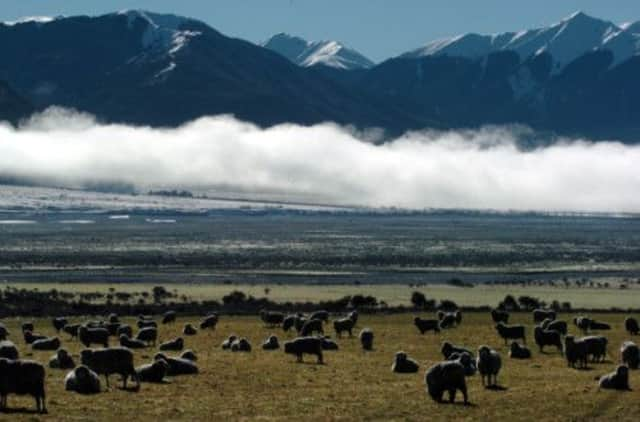New Zealand to give islands official names


For generations, the two main islands have been called North Island and South Island. They have also appeared that way on maps and charts. But in recent years, officials discovered an oversight – the islands had never been formally assigned the names.
Yesterday, land information minister Maurice Williamson announced the North Island and South Island names would become official, effective as of next week.
Advertisement
Hide AdAdvertisement
Hide AdEqual status will be given to the alternate Maori names: Te Ika-a-Maui (the fish of Maui) for the North and Te Waipounamu (the waters of greenstone) for the South.
Don Grant, chairman of the New Zealand Geographic Board, said the country had an informal process for naming places before 1946, when a formal process was set up. He said the Maori names for the islands have been the same since Europeans first arrived, but that the English names have changed over time.
On some early maps, he said, the islands were called New Ulster and New Munster, after the Irish provinces.
The South Island was also sometimes called the Middle Island, a reference to the much smaller Stewart Island, which is even farther south.
Dr Grant said the North Island and South Island names become widely accepted after they were endorsed by an MP in 1907. But he said the names never became official, perhaps because there was no controversy or question about them.
At least, that is, until 2004, when somebody challenged the South Island name, saying it should be renamed by its Maori moniker.
Dr Grant said that is when the board first discovered that neither island had an official name.
But there were more delays, Dr Grant said. After the board studied the issue, a 2008 law change inadvertently prevented places from getting dual names.
Advertisement
Hide AdAdvertisement
Hide AdSo the board waited until 2012 when the law was altered again. Then it put the names out for public consultation, and a majority of the people who responded said they preferred the dual-name approach.
“Everyone will have the choice to keep calling the islands what they always have, or use the assigned alternatives, or use both together if they wish,” he said.
Next Thursday, he said, the names will be entered into the New Zealand Gazette, finally making them official.
Dr Grant welcomed the decision. “Maori names were also used by the early European explorers – beginning with Captain Cook – and continued to be used throughout most of New Zealand’s history, so this decision simply brings them back as an option for those who want to continue using them,” he said.